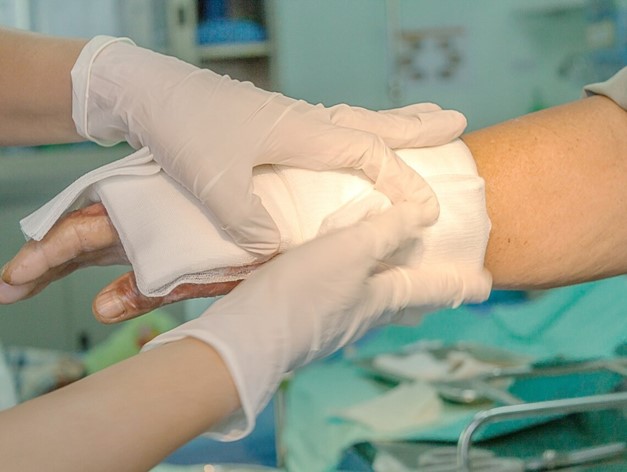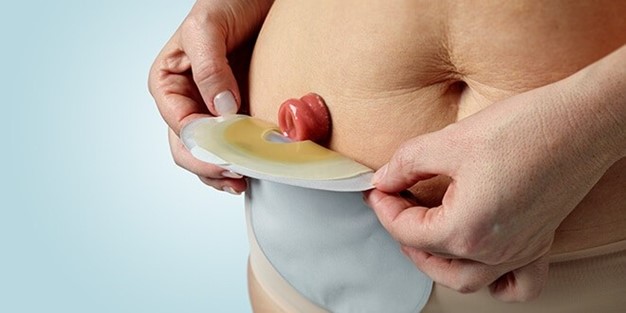A nurse is caring for a client.
Exhibit 1 Nurses' Notes Day 1: Exhibit 2 Exhibit 3 Client reports fatigue, weight loss, night sweats, and a persistent cough.
Performed a purified protein derivative test on the client and obtained a QuantiFERON-TB Gold blood test as prescribed.
Bilateral breath sounds with crackles and scattered wheezes throughout.
Cough productive for yellow, purulent sputum.
What are the first two actions the nurse should take?
Administer antibiotics and bronchodilators.
Initiate airborne precautions and isolation.
Start the client on cough suppressants and antihistamines.
Obtain sputum culture and chest X-ray.
The Correct Answer is D
The first two actions the nurse should take are to obtain a sputum culture and a chest X-ray.
These tests can help diagnose the cause of the client’s symptoms and guide treatment.
Choice A is wrong because administering antibiotics and bronchodilators should only be done after a diagnosis has been made.
Choice B is wrong because airborne precautions and isolation may not be necessary depending on the cause of the client’s symptoms.
Choice C is wrong because cough suppressants and antihistamines may not be appropriate treatments depending on the cause of the client’s symptoms.
Nursing Test Bank
Naxlex Comprehensive Predictor Exams
Related Questions
Correct Answer is B
Explanation
A nurse can delegate the task of performing a simple dressing change to an assistive personnel.
Delegation is an essential nursing skill that allows a qualified healthcare worker, like an RN, to transfer routine and low-risk duties to nursing assistive personnel.
This frees up the RN’s time to address more pressing matters, including critical patients and tasks.

Choice A is wrong because changing IV tubing is not a task that can be delegated to assistive personnel.
Choice C is wrong because inserting an NG tube is not a task that can be delegated to assistive personnel.
Choice D is wrong because evaluating the healing of an incision is not a task that can be delegated to assistive personnel.
These tasks require the expertise and training of a licensed nurse.
Correct Answer is B
Explanation
The nurse should respond to the client’s concern by saying “You are worried about having to wear a colostomy bag?” This response acknowledges the client’s concern and allows the client to express their feelings and concerns about the potential colostomy.

Choice A is not an appropriate response because it dismisses the client’s current concern and delays addressing it until after the surgery.
Choice C is not an appropriate response because it does not address the client’s concern about wearing a colostomy bag.
Choice D is not an appropriate response because it shifts the focus away from the client’s concern and onto someone else.
Whether you are a student looking to ace your exams or a practicing nurse seeking to enhance your expertise , our nursing education contents will empower you with the confidence and competence to make a difference in the lives of patients and become a respected leader in the healthcare field.
Visit Naxlex, invest in your future and unlock endless possibilities with our unparalleled nursing education contents today
Report Wrong Answer on the Current Question
Do you disagree with the answer? If yes, what is your expected answer? Explain.
Kindly be descriptive with the issue you are facing.
